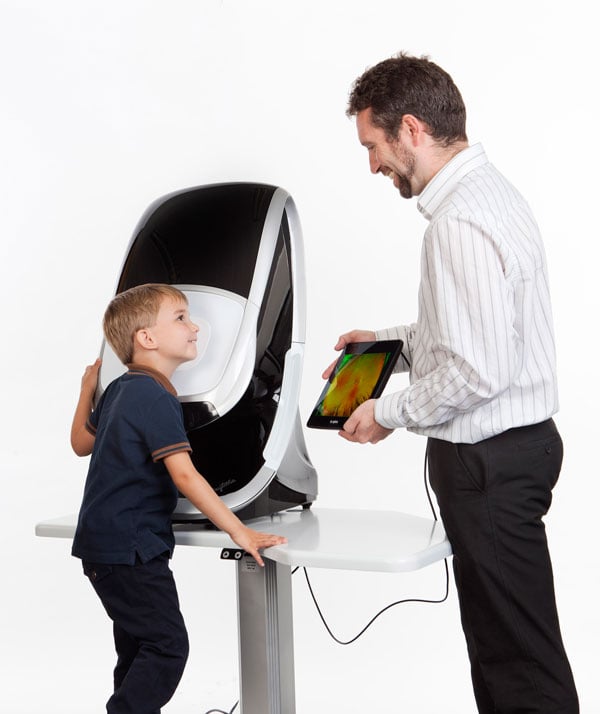Encourage Parents to Get Kids’ Eyes Checked During Child Eye Health and Safety Month
Getting ready for the start of the new school year while squeezing in last-minute vacations can make August a very busy month for many patients and their families. In all the flurry of activity, it can be easy for parents to overlook an important step – scheduling an eye exam for their children.
Since August is Child Eye Health and Safety Month, it’s a great time to make an effort to reach out to patients with children, reminding them of the importance of bringing their children in for an annual eye exam. While some parents may think an eye exam for their child isn’t necessary, they may feel more motivated to schedule an appointment if they know some facts about why eye exams for kids are important and beneficial. So when you are sending out reminders to patients about scheduling exams, include some facts about common children’s vision issues and the prevalence of vision issues among kids, such as the following identified by Prevent Blindness America and Envision:
– One in four school-age children have some form of a visual impairment.
– More than one in 20 preschool-age kids have a vision issue that could lead to permanent vision loss if it is left untreated.
– Nearsightedness is the most common vision problem diagnosed in children, according to the America Optometric Association.
– Nearsightedness and other issues such as astigmatism, farsightedness, eye focusing, tracking, and coordination problems can affect school performance.
– Signs that a child may have a vision problem include frequent eye rubbing or blinking, headaches, limited attention spans, avoiding reading, and losing one’s place when reading.
You can also share with them examples of other conditions that eye exams, including those performed with an optomap, can uncover that might otherwise go unnoticed and lead to more serious problems. Take Tori and Cainan for example. Tori was eight years old at the time of her first eye exam and had slightly blurred vision, but no other symptoms. Her doctor performed an optomap exam, which revealed a very large retinal detachment. Based on the size of the detachment, Tori’s doctor referred her to a hospital for further testing, as he suspected cancer. Tori was diagnosed with a rare and large chorodial melanoma. While Tori lost that eye, her mom credits the optomap for discovering cancer that otherwise could have taken Tori’s life.
Cainan’s mother took him for an eye exam before the start of a new school year. His doctor had performed an optomap the year before and compared the new images with the previous year’s. When comparing images, his doctor noticed Cainan’s optic nerves were swollen and referred him to a pediatric ophthalmologist and neurologist. They diagnosed him with papillitis aseptic meningitis, caused by Lyme disease from a tick bite. Cainan was hospitalized for treatment and released a few days later with a clean bill of health.

How are you going to encourage parents to schedule their kids’ eye exams during Child Eye Health and Safety Month? Share your strategies with us in a comment below.
Our optomap exam is perfect for practitioners who treat children because it is a quick and pain-free exam. Contact us to learn more about the benefits of adding optomap technology to your practice.